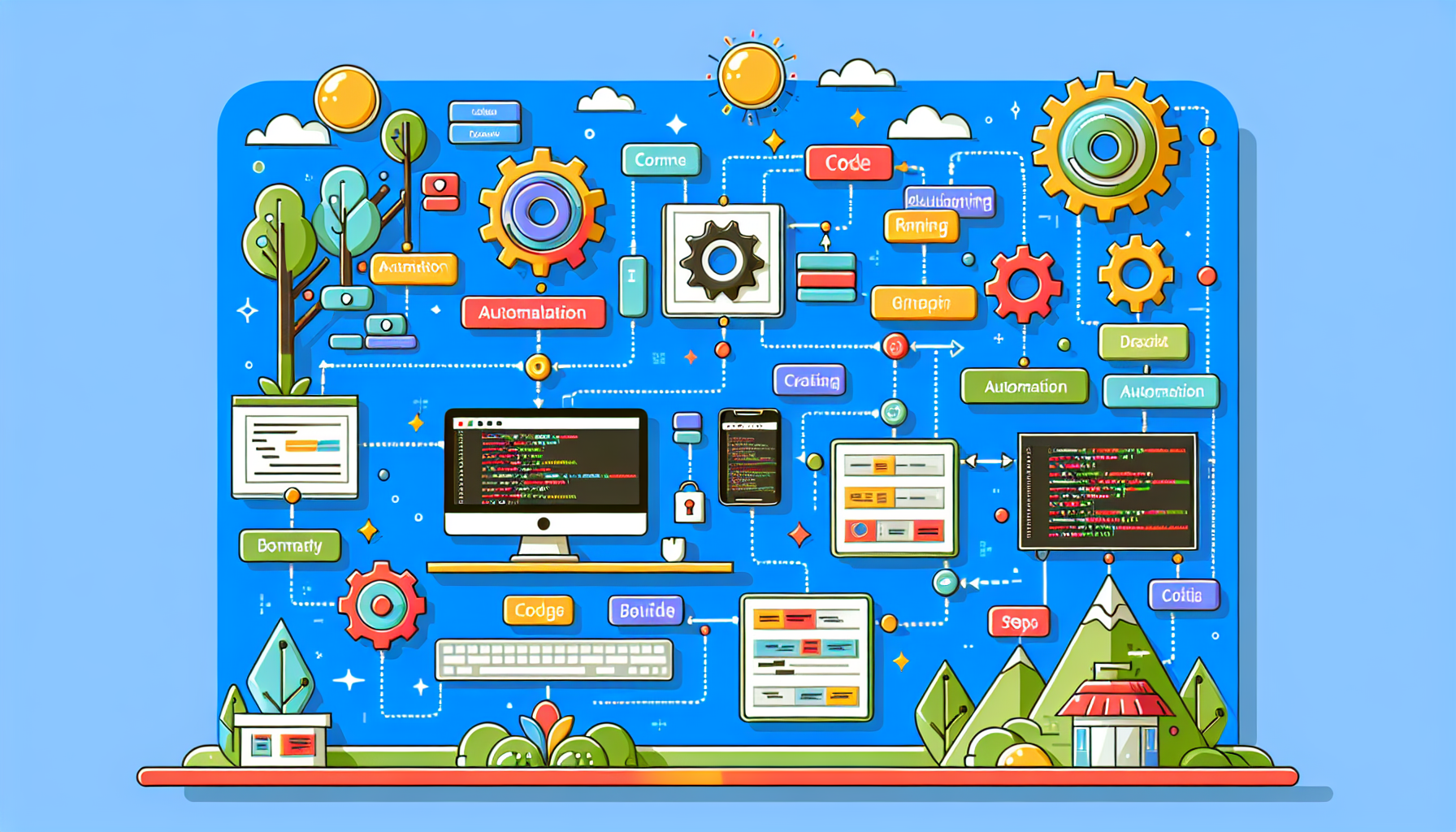Understanding Make: The Platform for Automation
Make is a powerful automation tool designed to streamline repetitive tasks, improve efficiency, and enhance productivity across various applications. With its visual interface, users can create complex workflows using simple drag-and-drop actions that connect multiple services. This tutorial will guide you step-by-step through the process of building effective automations with Make, ensuring that you can harness its full potential.
Getting Started with Make
1. Creating Your Make Account
To begin using Make, visit Make’s official website and register for an account. You can choose either a free or a paid plan depending on your needs. The free plan allows access to a limited number of operations per month, which is suitable for testing and personal use.
2. Navigating the Dashboard
Once logged in, familiarize yourself with the dashboard. It typically features:
- Templates: Pre-built scenarios that can be customized.
- Scenarios: Your own created automations.
- History: Logs of past executions for troubleshooting.
- API Calls: Monitor and manage API-based workflows.
Building Your First Scenario
3. Creating a New Scenario
- Click the “Create New Scenario” button.
- You will be prompted to select a starting app or service; pick one that fits your need.
4. Selecting Modules
Make’s core building blocks are modules. Each module corresponds to a specific service or action:
- Triggers: Initiate actions based on events (e.g., receiving an email).
- Actions: They perform tasks once a trigger is activated (e.g., sending a message).
Use the search bar to find relevant modules and drag them into your scenario.
5. Configuring a Trigger
After selecting a trigger:
- Choose the Event: For instance, if using Gmail as a trigger, select when to activate, such as “New Email.”
- Connect Your Account: Authorize Make to access your account and follow the prompts.
- Set Filters: Filters can help refine which emails activate the scenario (e.g., based on sender or subject).
Adding Actions
6. Incorporating Actions into Your Scenario
Once your trigger is configured, it’s time to add corresponding actions. For example, you may want to save new emails to Google Sheets.
- Choose the Google Sheets module and select an appropriate action like “Add Row”.
- Connect Make to your Google Sheets account and specify the target worksheet.
- Map the data from the trigger (e.g., email subject, body) to the corresponding sheet columns.
7. Utilizing Filters and Functions
Incorporate filters between modules to refine your automations further:
- Conditional Filters: Use filters to determine when an action should execute based on specific conditions, such as only processing emails from particular addresses.
- Functions: Make supports functions that allow you to manipulate data. For example, using functions in text processing can change the format of email bodies before adding them to a sheet.
Enhancing Your Workflow
8. Using Iterators and Aggregators
Complex automation scenarios might require iterators and aggregators.
- Iterators: Use these to process multiple entries in a single step, like handling multiple email attachments.
- Aggregators: Useful for compiling data, allowing you to summarize information before passing it on to the next module.
9. Testing Your Scenario
Make allows you to test your scenario before going live:
- Run Once: This feature lets you execute the scenario manually to check for issues or bugs.
- Logs and Data: Review the data that is processed during the test to ensure everything is functioning properly, making adjustments as necessary.
Scheduling and Automation
10. Setting Up Scheduling
To automate your scenarios to run at specific intervals:
- Find the Scheduling module in the app list.
- Configure the desired frequency (e.g., every hour, daily).
- Connect this module to your existing workflow.
This ensures that tasks will run without manual intervention, saving you time.
11. Utilizing Webhooks for Real-Time Automation
Webhooks allow you to trigger a scenario based on real-time events rather than time-based scheduling:
- Choose Webhooks as a module and set up a trigger URL.
- Integrate this URL with an external service (for instance, a form submission tool).
- This enables immediate processing of incoming data.
Managing Your Scenarios
12. Organizing Scenarios for Productivity
As you build more scenarios, organization becomes critical. Make offers features to help:
- Folders: Categorize scenarios into folders for easy navigation.
- Naming Conventions: Establish a consistent naming system that reflects the function or purpose of each automation.
13. Versions and Backups
Make maintains a version history for each scenario. This feature allows you to roll back to earlier versions if something goes wrong or if updates break your workflow.
Collaboration and Sharing
14. Team Collaboration Features
If you’re working within a team, Make provides collaboration tools:
- Shared Workspaces: Team members can access and edit scenarios.
- Commenting: Users can add comments directly to the scenarios for guidance or clarification on automations.
Best Practices for Effective Automation
15. Documenting Your Scenarios
Keep detailed documentation of each scenario’s purpose, workflow, and changes. This is especially useful for future reference or for new team members.
16. Regular Maintenance
Regularly review and maintain your automations to ensure they function as intended. This includes updating API keys, adjusting filters, and checking connected apps for updates.
17. Security Practices
Always follow best security practices. Regularly update your account’s credentials, and configure any necessary privacy settings within connected apps.
Exploring Advanced Features
18. Using Data Stores
Advanced users can leverage Make’s data stores to store information temporarily, enabling you to manipulate this data across various scenarios without unnecessary API calls.
19. Integrating with Third-Party APIs
Make enables integrations with various APIs beyond built-in modules. Use the HTTP Module to send requests to any RESTful API, allowing for customized workflows that meet specific project needs.
By understanding these principles and techniques, you can build effective automations with Make that significantly enhance your productivity and efficiency, enabling you to focus on higher-value tasks.


